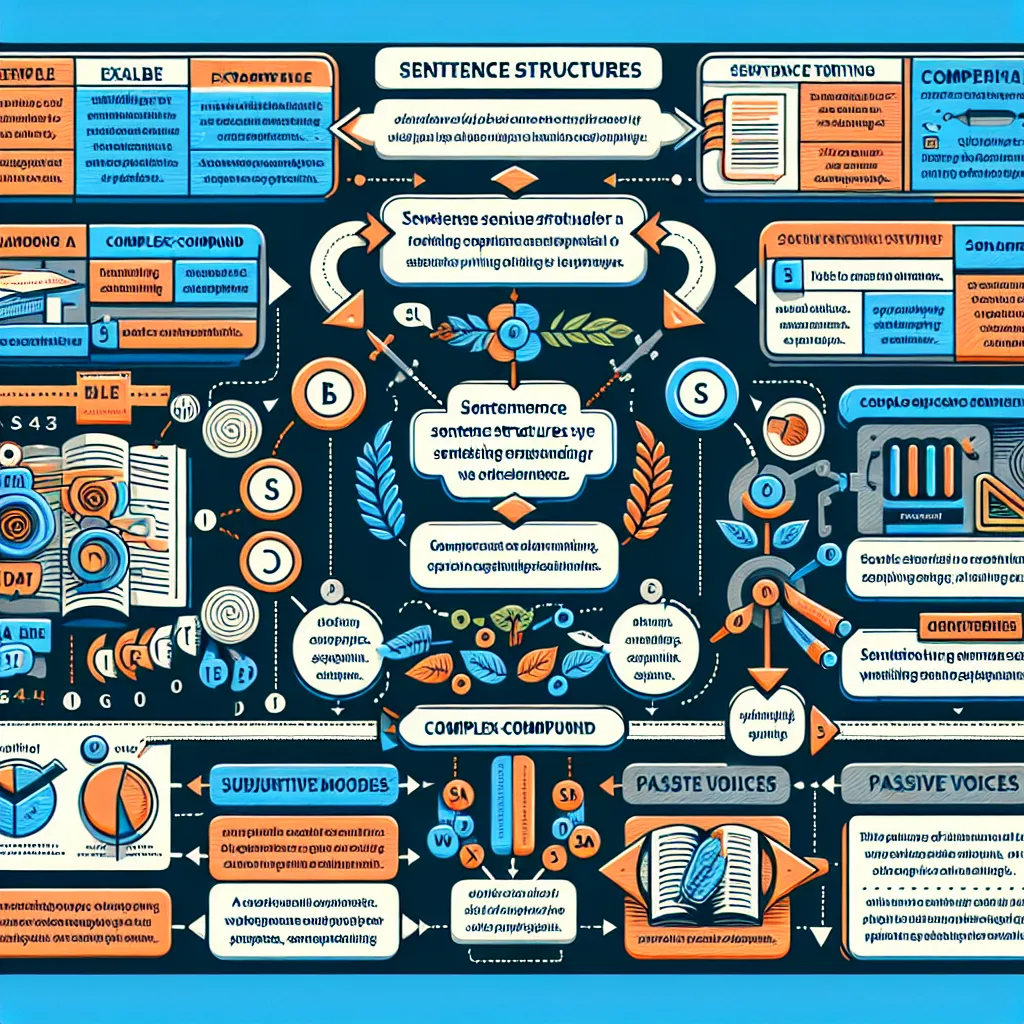In the realm of formal writing, mastering the art of using advanced sentence connectors is crucial for producing sophisticated and cohesive texts. Whether you’re crafting academic papers, professional reports, or formal correspondence, understanding how to effectively employ these linguistic tools can significantly enhance the quality and clarity of your writing.
Understanding Advanced Sentence Connectors
Advanced sentence connectors, also known as transitional phrases or linking expressions, are words or phrases that help to establish logical relationships between ideas, sentences, and paragraphs. They serve as bridges, guiding readers smoothly from one thought to the next, thereby improving the overall flow and coherence of the text.
Why Are Advanced Sentence Connectors Important?
- Improved Coherence: They help create a logical progression of ideas.
- Enhanced Readability: Readers can follow your arguments more easily.
- Sophisticated Expression: They elevate the tone and style of your writing.
- Clarity of Thought: They help articulate complex relationships between ideas.
 Advanced Sentence Connectors in Formal Writing
Advanced Sentence Connectors in Formal Writing
Types of Advanced Sentence Connectors
To use advanced sentence connectors effectively, it’s essential to understand their various types and functions. Here’s a comprehensive breakdown:
1. Addition Connectors
These connectors are used to add information or ideas:
- Furthermore
- Moreover
- In addition
- Additionally
- What’s more
Example: “The new policy will reduce costs. Furthermore, it will improve efficiency across all departments.”
2. Contrast Connectors
Use these to show differences or opposing ideas:
- However
- Nevertheless
- Conversely
- On the contrary
- In contrast
Example: “The initial results were promising. However, subsequent trials revealed unforeseen complications.”
3. Cause and Effect Connectors
These connectors demonstrate causal relationships:
- Consequently
- As a result
- Therefore
- Thus
- Hence
Example: “The company failed to meet its targets. Consequently, several projects were put on hold.”
4. Sequence Connectors
Use these to show a chronological or logical order:
- Firstly/Secondly/Finally
- Subsequently
- Meanwhile
- Eventually
- Ultimately
Example: “Firstly, we will analyze the market. Subsequently, we will develop a strategy. Finally, we will implement the plan.”
5. Exemplification Connectors
These are used to provide examples or illustrations:
- For instance
- To illustrate
- As an example
- Namely
- Such as
Example: “Various factors contribute to climate change. For instance, deforestation has a significant impact on global temperature rise.”
How to Use Advanced Sentence Connectors Effectively
Now that we’ve explored the types of connectors, let’s discuss how to use them effectively in your formal writing:
-
Choose the Right Connector: Select a connector that accurately reflects the relationship between your ideas.
-
Avoid Overuse: While connectors are valuable, using too many can make your writing feel cluttered. Use them judiciously.
-
Vary Your Choices: Don’t rely on the same connectors repeatedly. Variety in your language will keep your writing engaging.
-
Consider Your Audience: In highly formal contexts, opt for more sophisticated connectors (e.g., “nevertheless” instead of “but”).
-
Pay Attention to Punctuation: Many advanced connectors require specific punctuation. For example, “however” is often followed by a comma when used at the beginning of a sentence.
 Effective Use of Advanced Sentence Connectors
Effective Use of Advanced Sentence Connectors
Common Mistakes to Avoid
When using advanced sentence connectors, be wary of these common pitfalls:
-
Misuse of Meaning: Ensure you understand the precise meaning of each connector. For example, “on the contrary” indicates a direct opposition, not just a contrast.
-
Redundancy: Avoid using multiple connectors that serve the same function in close proximity.
-
Overreliance on Connectors: While important, connectors should not be the primary means of creating coherence. Your ideas should flow logically even without them.
-
Incorrect Placement: Some connectors work best at the beginning of a sentence, while others can be used mid-sentence. Be aware of these distinctions.
-
Ignoring Context: The formality level of your writing should guide your choice of connectors. Some are more suitable for academic writing, while others work well in business contexts.
Practical Exercises to Improve Your Skills
To master the use of advanced sentence connectors, practice is key. Here are some exercises to help you improve:
-
Connector Substitution: Take a piece of formal writing and replace basic connectors with more advanced ones. Analyze how this changes the tone and flow of the text.
-
Gap-Fill Exercises: Find or create passages with blanks where connectors should be. Practice filling in the most appropriate connector.
-
Sentence Combining: Take sets of simple sentences and combine them using appropriate connectors to create more complex, sophisticated sentences.
-
Paragraph Analysis: Examine well-written formal texts and identify the connectors used. Reflect on why those specific connectors were chosen and how they contribute to the overall coherence.
-
Write and Revise: Draft a formal piece of writing, then go back and specifically focus on your use of connectors. Are there places where you could use more advanced options?
Conclusion
Mastering the use of advanced sentence connectors is a valuable skill that can significantly enhance your formal writing. By understanding the various types of connectors, their functions, and how to use them effectively, you can create more sophisticated, coherent, and compelling texts. Remember, the key is to practice regularly and be mindful of your choices. As you continue to refine your skills, you’ll find that these linguistic tools become an integral part of your writing arsenal, helping you to express complex ideas with clarity and precision.
For more insights on improving your formal writing skills, you might find our article on how to master the use of advanced punctuation in formal writing helpful. Additionally, if you’re looking to further enhance your grammar skills for specific types of writing, our guide on advanced grammar for policy writing offers valuable tips and strategies.




